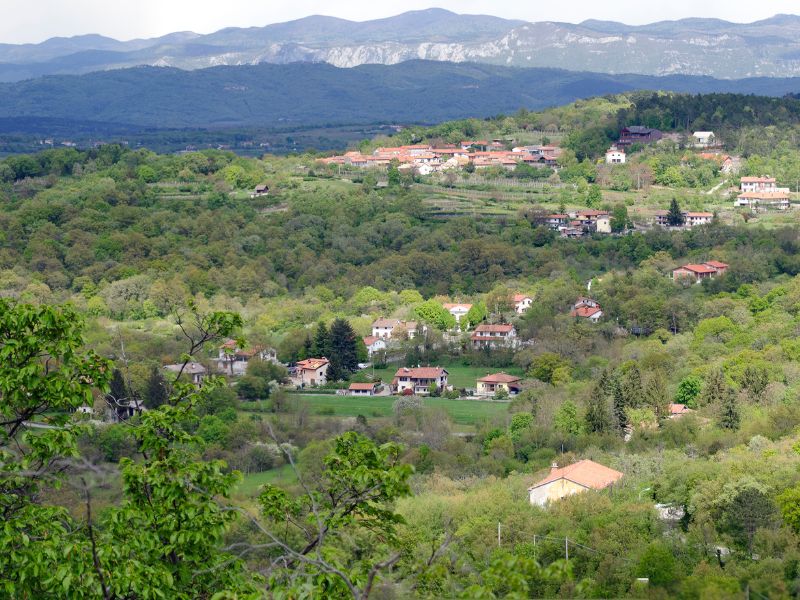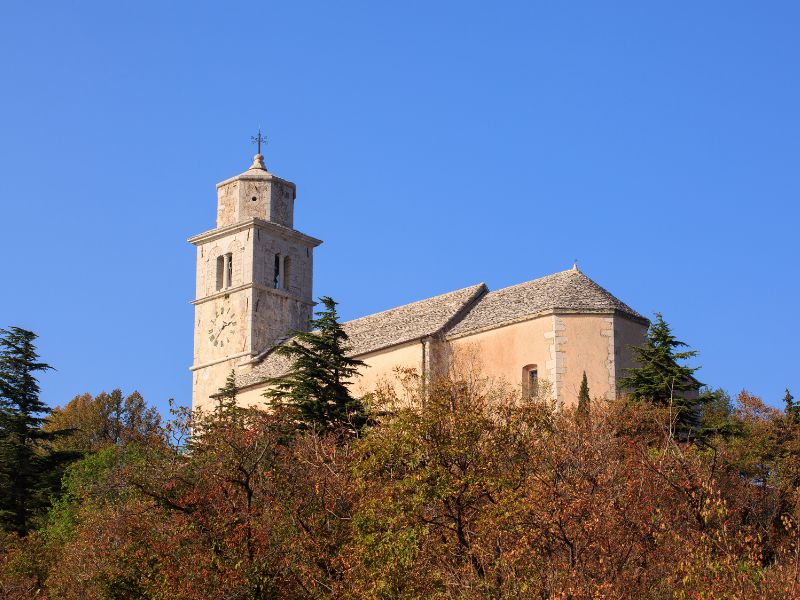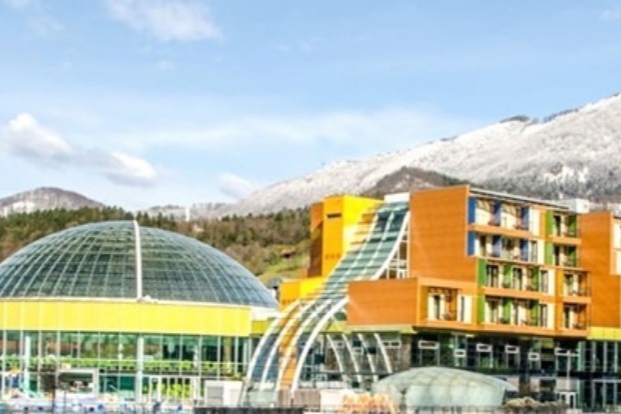Trieste is a little known Italian pearl. It is the Italian city where European tourism stops before reaching Slovenia and Croatia, there are no queues for the many museums, the prices are not tourist-chasing and there are so many things to do. Both in the city and in the surrounding area. And since there are so many guides for the City of Trieste, we want to focus on the surroundings, especially on one of the most beautiful villages in Italy, namely Monrupino.
Table of Contents
The municipality of Monrupino: general information
Monrupino is a town in the Friuli-Venezia Giulia region. It is a mountaintop village with a small population of around 800. If you want to reach it from Trieste, it is located north of the city. The municipality borders directly with Slovenia, precisely with the municipality of Sesana, reachable via the Farnetti pass, very popular for the commercial routes between Italy and Slovenia.
Don’t be frightened by its reputation as ‘mountain village’. The road is easily accessible in any season, we recommend only a few precautions in case of frost.
What to see in Monrupino
The fact that it is a border village characterizes it as a place rich in history and stories, first of all that of the Foiba, declared a national monument. As for the well-known one in Basovizza, the corpses of the Italians killed by the Yugoslav partisans during the Second World War were thrown into that of Monrupino. This is a visit that is certainly worth making to retrace this dramatic piece of history that holds the two nations together
Among the most famous things to see in Monrupino, however, there are certainly the Catholic structures, the church and the fortress which, every year, attract hundreds of Italian and Slovenian visitors.
The church and the fortress of Monrupino
They are both located on top of a barren hill and are visible from both Italy and Slovenia. These are two structures that have seen almost all of Italian history that took place on the border. For years and on several occasions both have been used as a refuge starting from the clashes between the Roman people and Istra, passing through the barbarian invasions of the north.
The current church stands on ancient ruins. It seems that the first remains recently found suggest that the first church was built around the year 1000, while the second was built in the sixteenth century. Legend has it that the church of Monrupino was built on a rock on which the Virgin Mary had left her mark. For this reason, many pilgrims continually come to visit, especially women, to whom the touch of the rock should enhance fertility.
The Sanctuary of Monrupino
The top of the fortress is surmounted by a stone wall about 8 meters high, in some places. Near the door we can see the ruins of a wall, the Tabor, the surrounding wall built for defensive purposes by the locals in 1400 to stop and defend themselves from the Turkish invasion. The church carries with it some traits of the Karst and Italian translations and in addition to the architecture, the legends that describe it are also mixed.
In fact, it is said that the devil and the Madonna fought inside this venue and that it was also a place created specifically to accommodate traveling Templars.
Church, fortress and sanctuary are the main attractions of the area but also the surrounding greenery attracts many tourists every year.
Naturalistic tourism and traditions of the Karst in Monrupino
If you are not interested in religious tourism, however, you should know that two natural reserves have been created around Monrupino, both of which can be visited and are full of wonderful paths: that of Monte Lanaro and that of Monte Orsario. During busy tourism seasons it is not uncommon to find tourists who travel along the paths to discover this enchanting area with trekking poles and special shoes.
It will also be possible, here in the area, to visit the typical karst houses, known as the Karst House or karka hisa, where we can find costumes, agricultural tools and furniture dating back to the last century. During the last Sunday of August, in odd years it is also possible to attend a typical historical representation of the Karst Wedding.
If we have not yet convinced you to face this beautiful adventure, take a ride on Google images: seeing is believing the wonders we are telling you about, even from a distance.


















